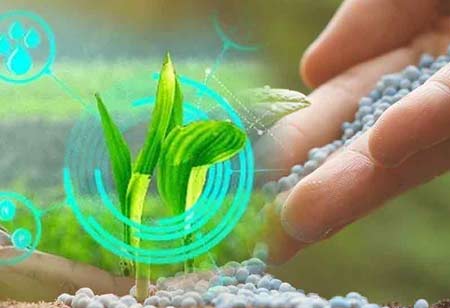Thank you for Subscribing to Agri Business Review Weekly Brief
The Importance of Aquaculture in Food Production
Food production has never been more critical, and this pressure will increase in the following decades.

By
Agri Business Review | Monday, October 03, 2022
Stay ahead of the industry with exclusive feature stories on the top companies, expert insights and the latest news delivered straight to your inbox. Subscribe today.
Aquaculture strategy can assist food-producing communities and the people who rely on them to be more robust to fluctuations in air temperature, rainfall, and soil.
FREMONT, CA: Food production has never been more critical, and this pressure will increase in the following decades. Climate change threatens global food supply, security, livelihoods, and human nutrition. As our globe faces many challenges, we must rethink how we feed people and maintain the environment by diversifying crops, upgrading agricultural technologies, and strategically selecting food-growing locations. It's no longer simply about hedging bets to satisfy demand; it's a need for our overtaxed food-producing systems.
Marine aquaculture is a source of nutrition and an emerging climate change answer. Discuss a regenerative, nature-positive food system because of its perceived environmental deterioration. Aquaculture can restore environmental health and promote human well-being, thanks to developments in technology and techniques. Aquaculture can help our food systems resist and recover from climate change effects like droughts and temperature changes.
Food system resilience: Currently, most of our food requires land. Nearly all of the world's productive land is used. Ocean encompasses three-quarters of the world yet supplies only 2 percent of nourishment. Marine aquaculture enables 3-D farming (stacking one farm on top of the other). Most farmed seafood contains a fraction of beef's carbon emissions. Aquatic farmers who operate on the water daily may notice how ecosystems are changing and report back on their lessons, helping us all better understand, predict, and solve impacts on coastal communities and ecosystems.
Smart climate-control: Research supports aquaculture's climatic benefits. Seaweed has potential. Seaweed farming can absorb carbon when fragments escape farms and are sequestered in deep-sea habitats or as a source of nutrients for near-shore blue carbon communities like mangroves. Intercropping seaweeds and mollusks could minimize shellfish farming emissions. New advancements in using seaweed in climate-positive end products, such as bioplastics and biochar, are even more hopeful. Seaweed aquaculture can also decrease the local consequences of ocean acidification, a significant climate change impact on ocean and coastal ecosystems.
Learning process: Climate change and carbon pollution affect aquaculture operations, too. Oyster larvae production in two large hatcheries collapsed due to ocean acidification, which makes it impossible for shellfish larvae to build their shells. Growers now monitor and change water chemistry to guarantee clam larvae can form protective shells, and some have relocated hatcheries. Environmentalists and clam producers collaborate to overcome these difficulties and promote climate action. New sensor technologies and software allow for more real-time data collection.





